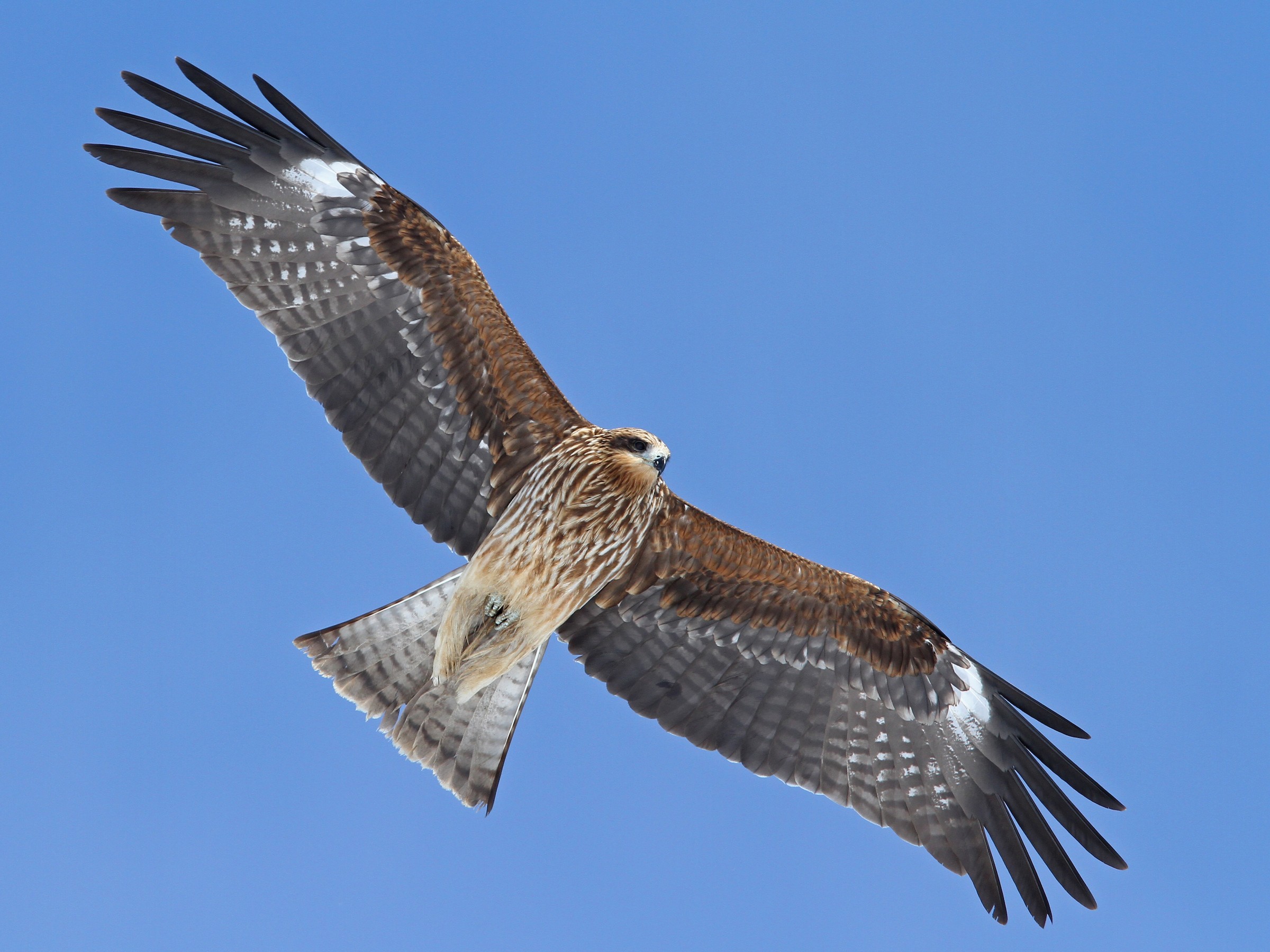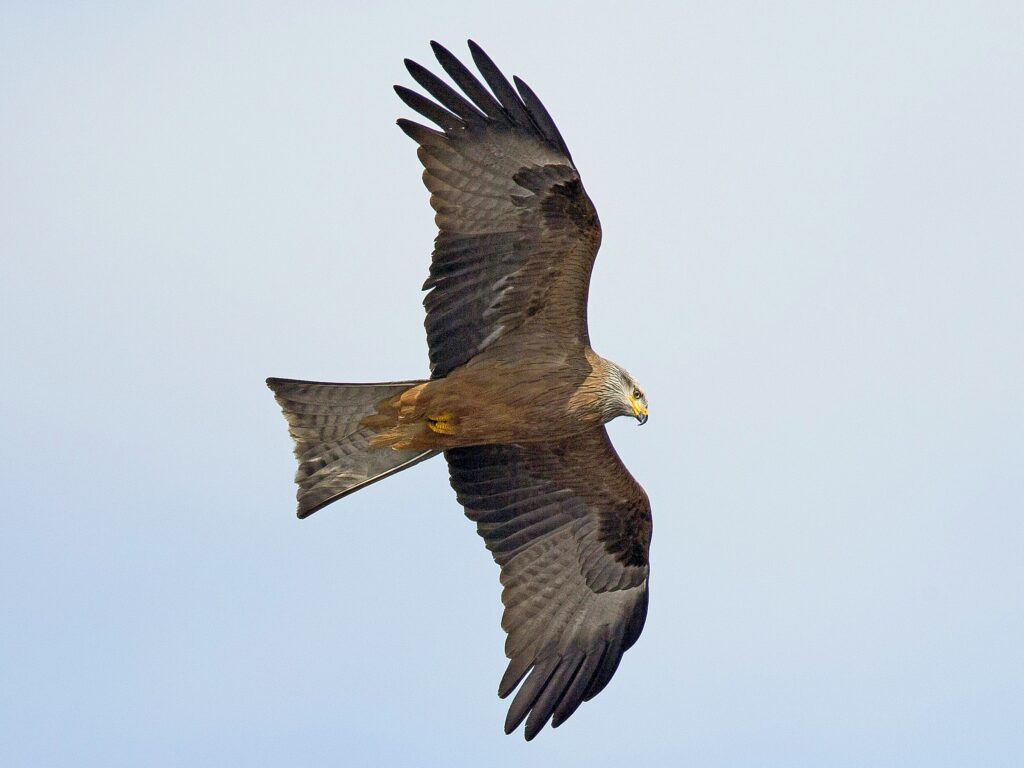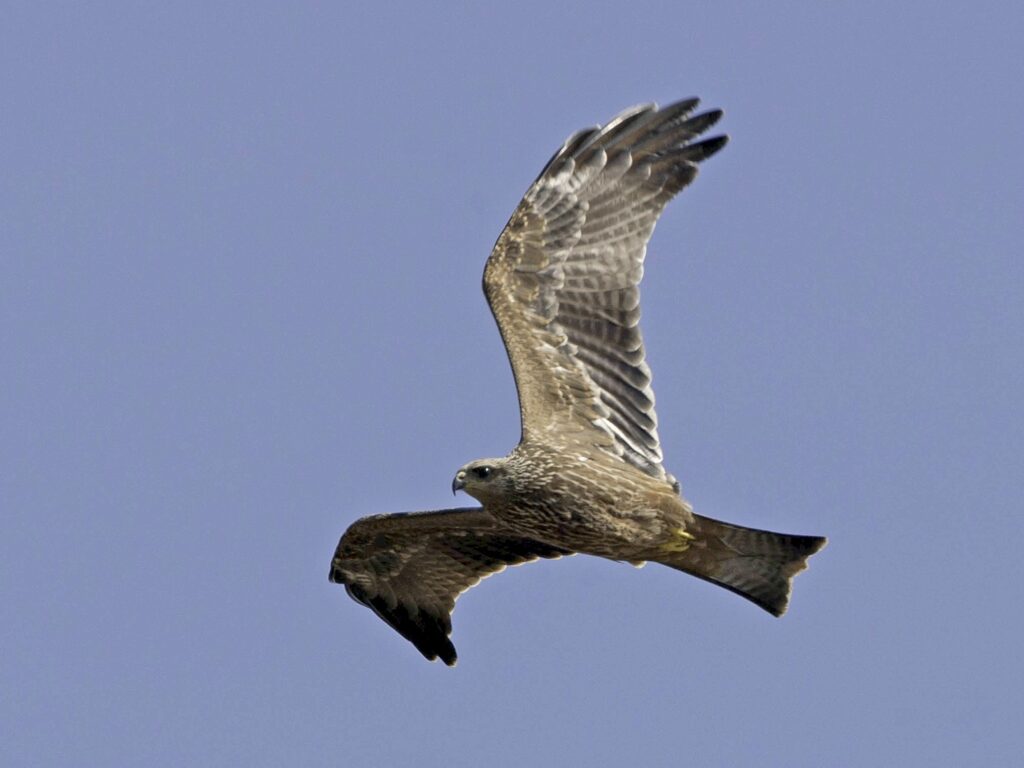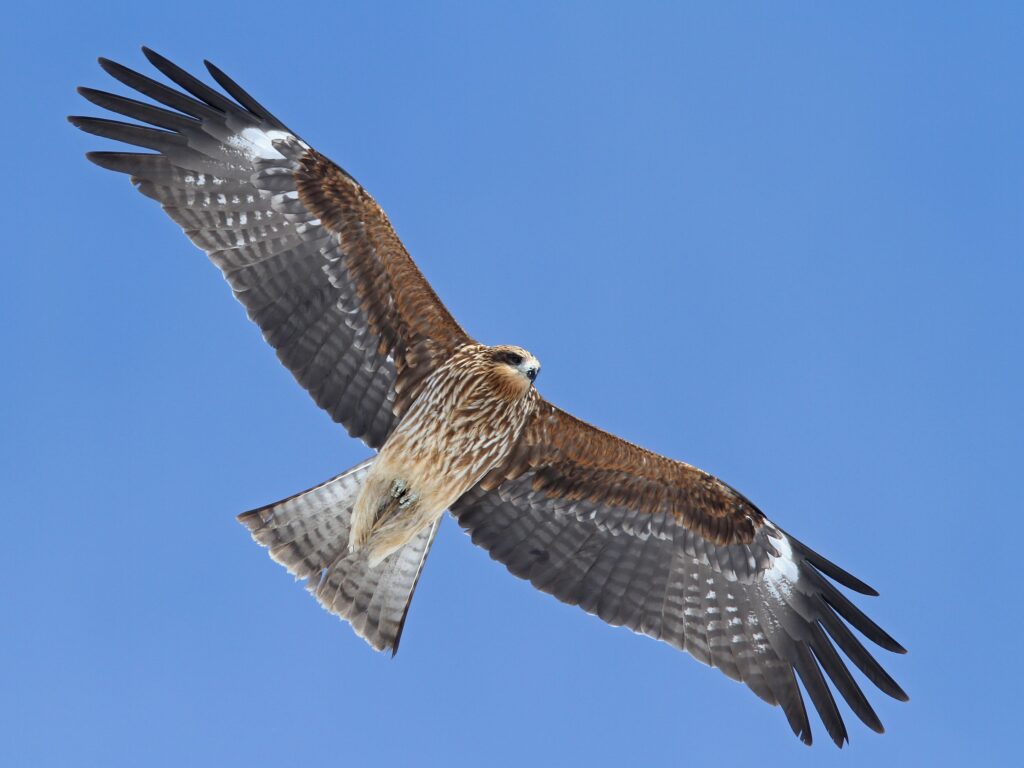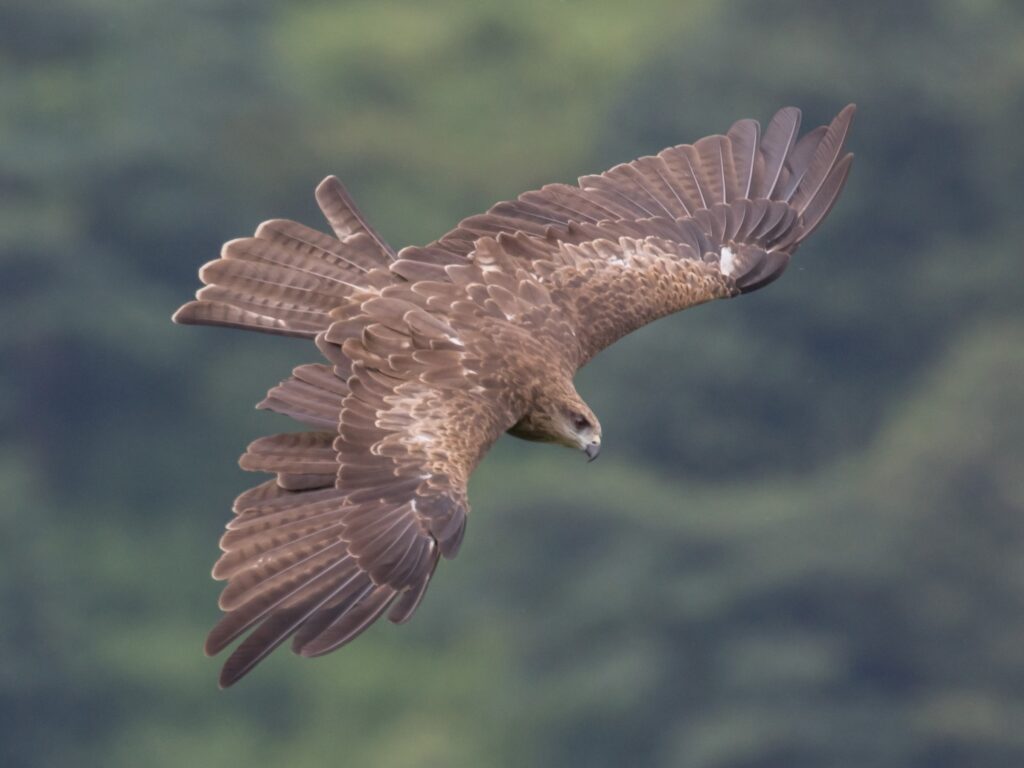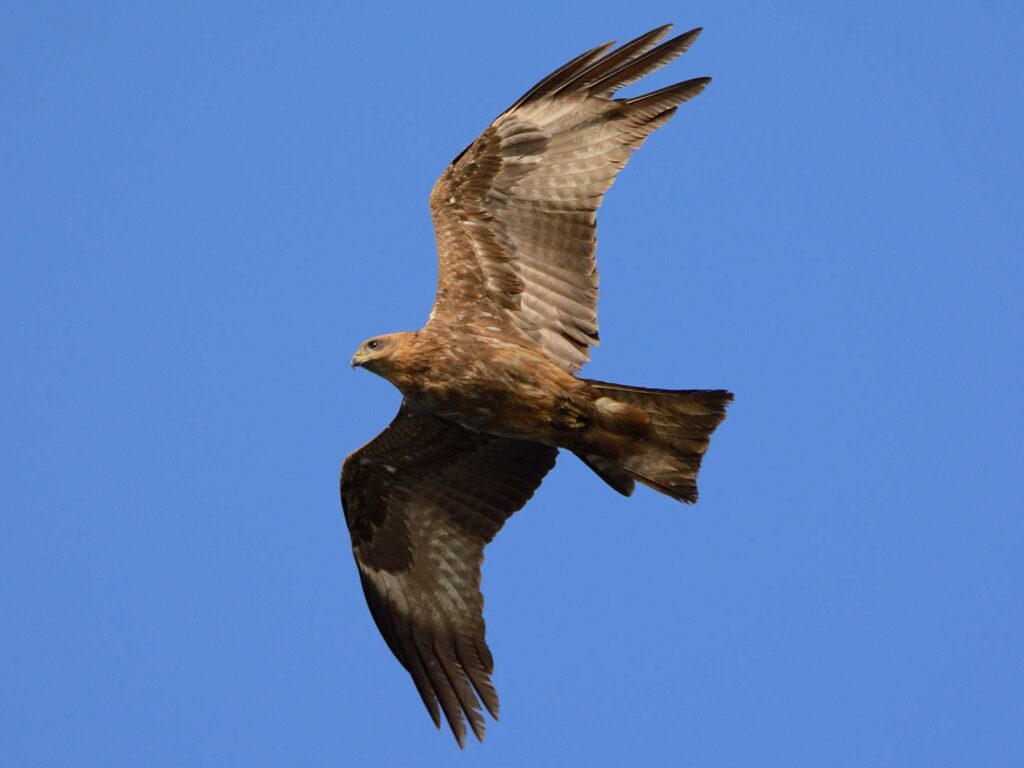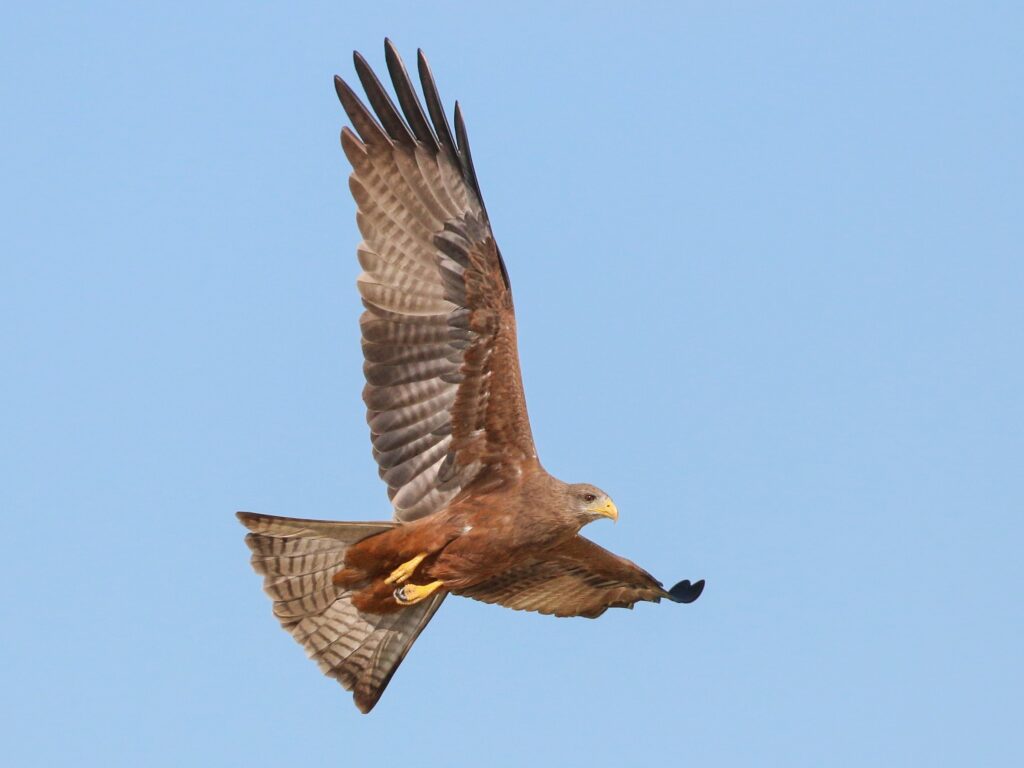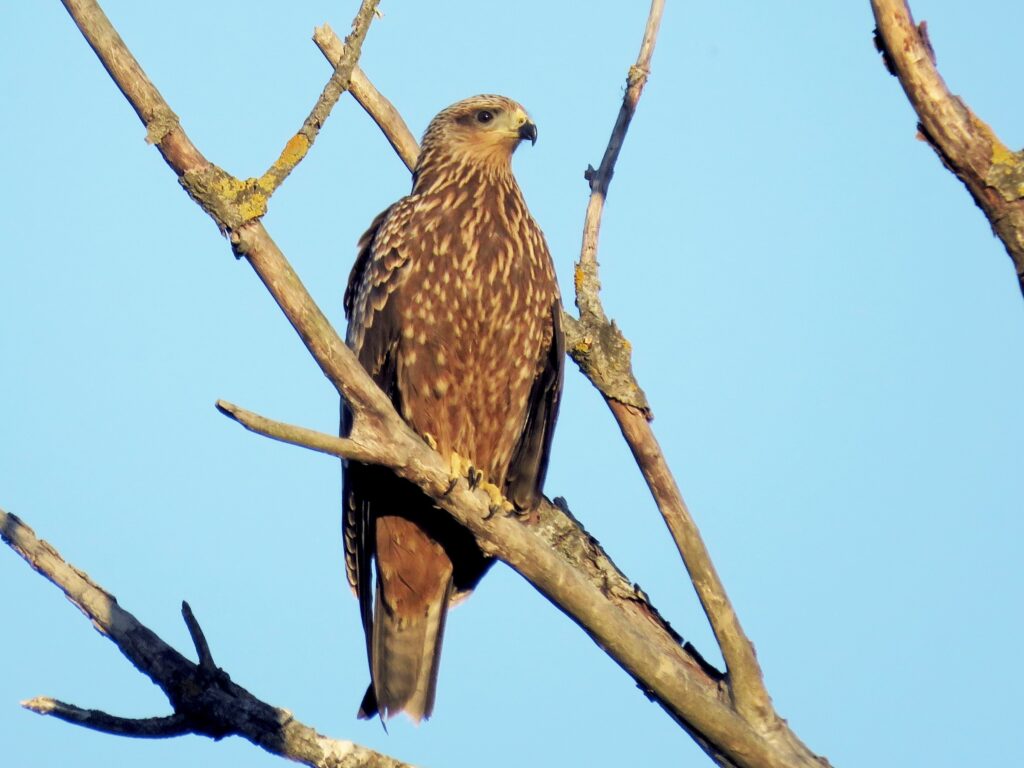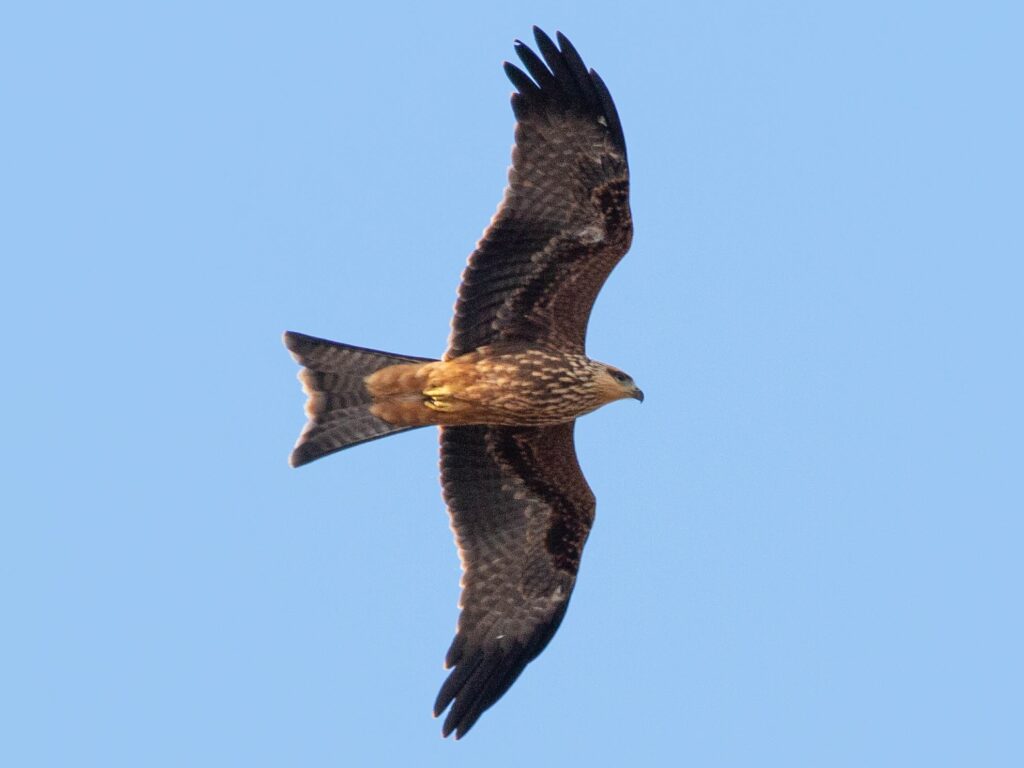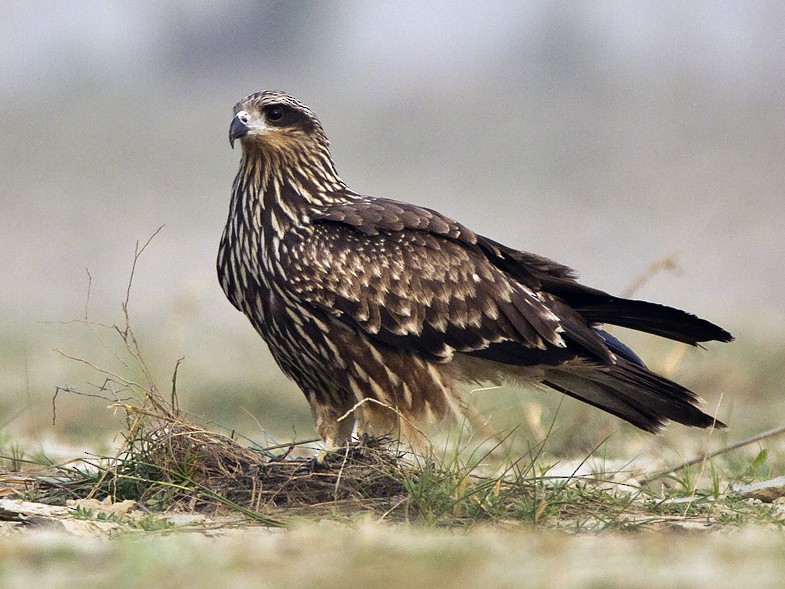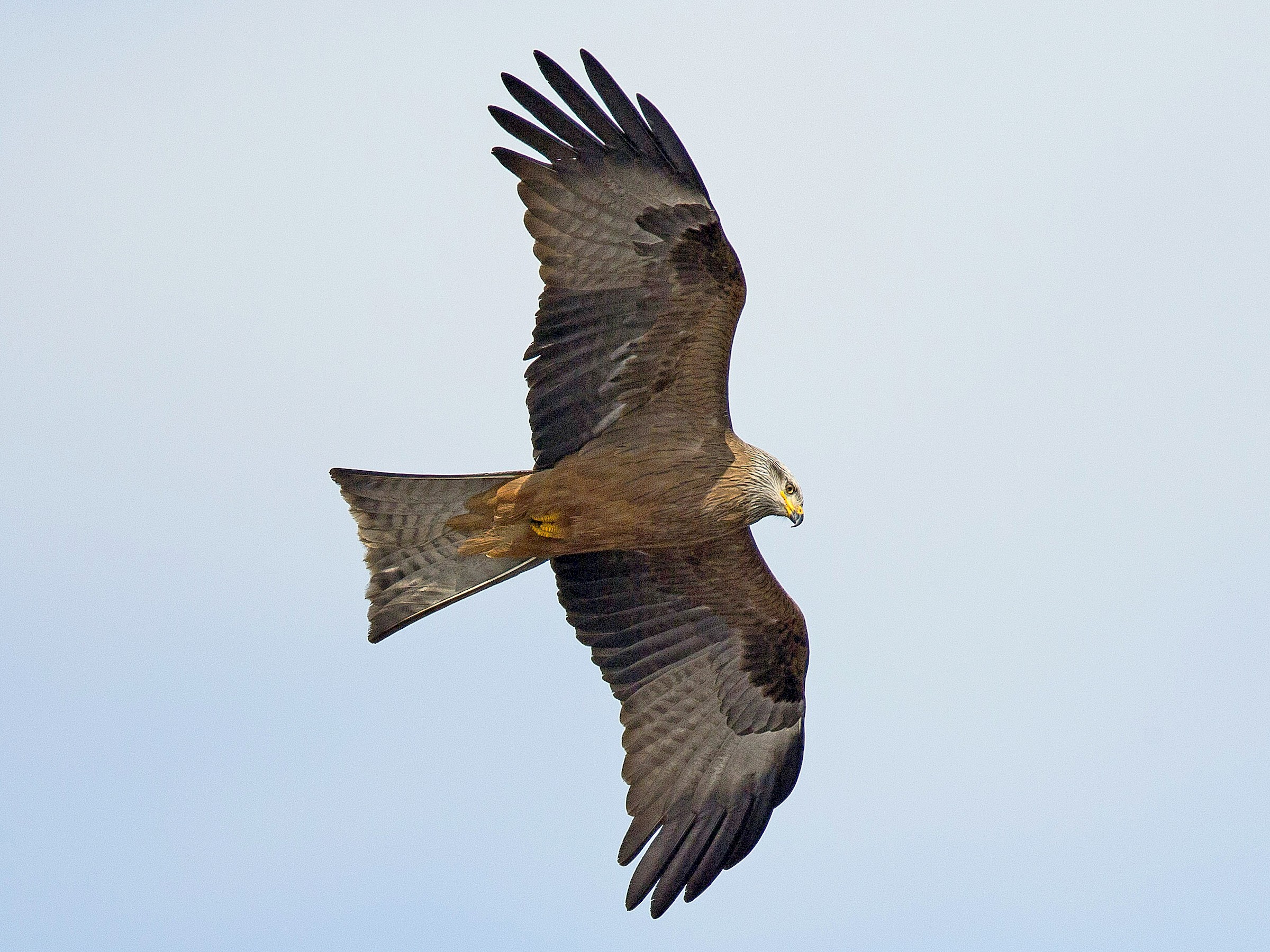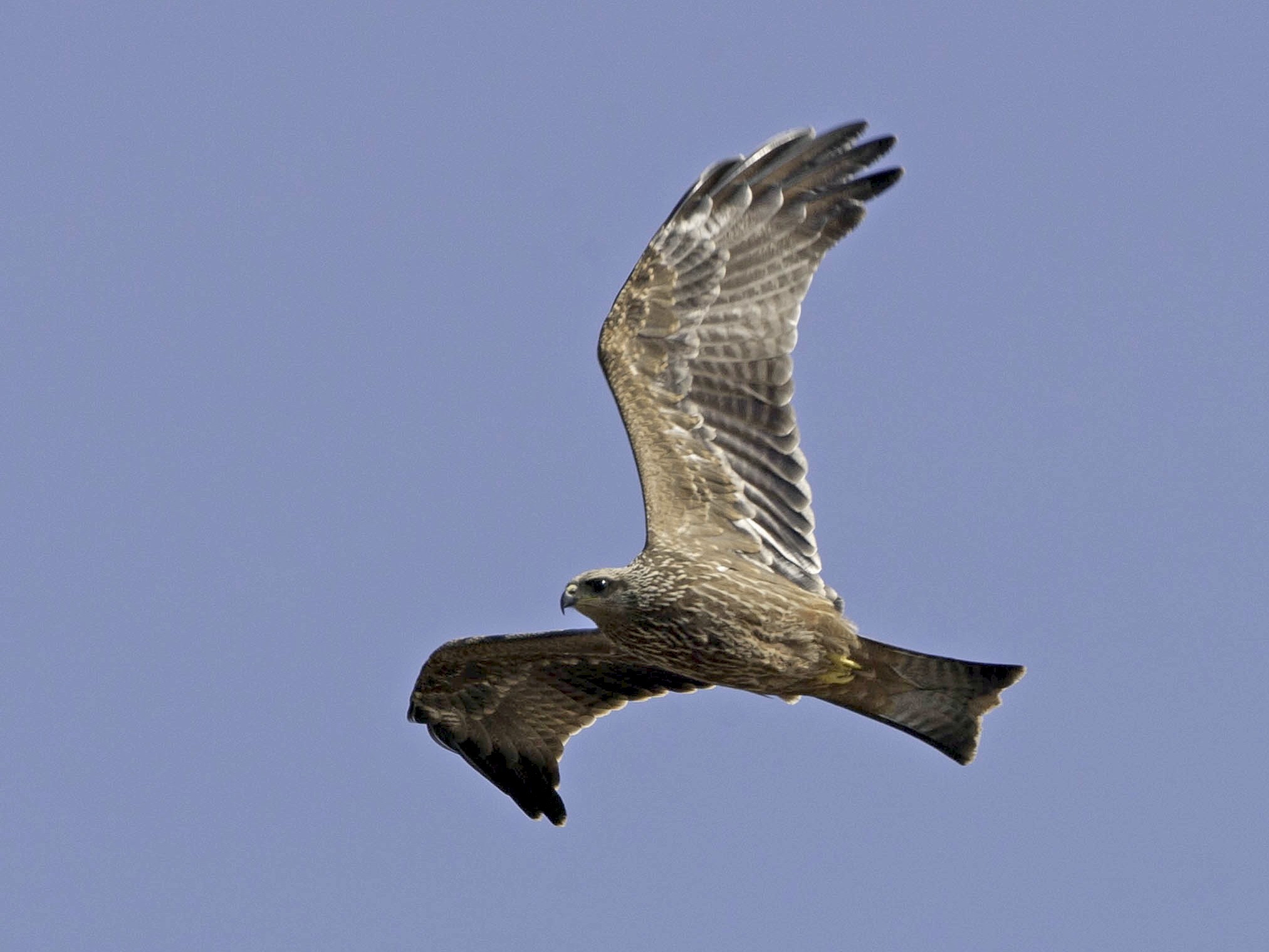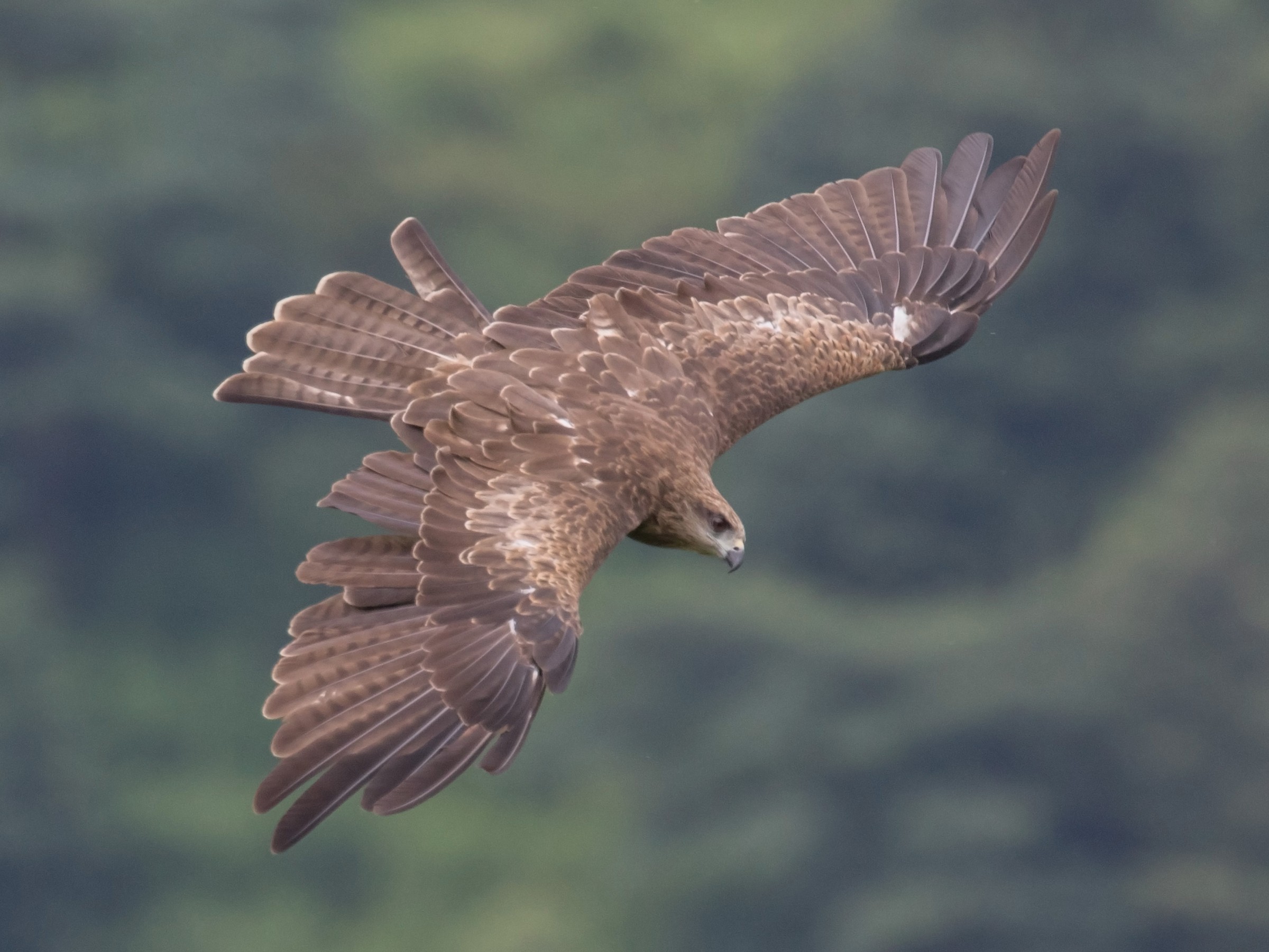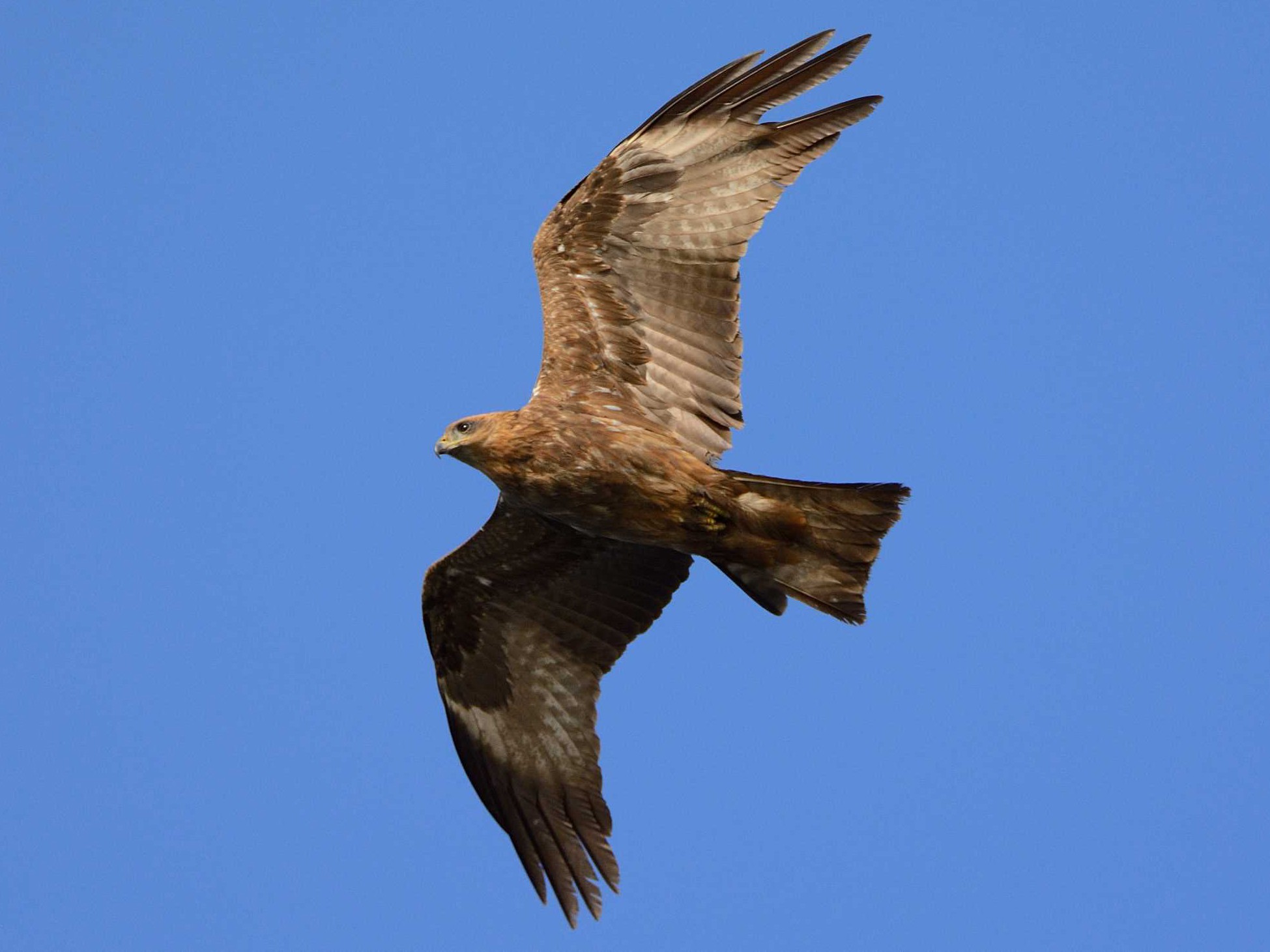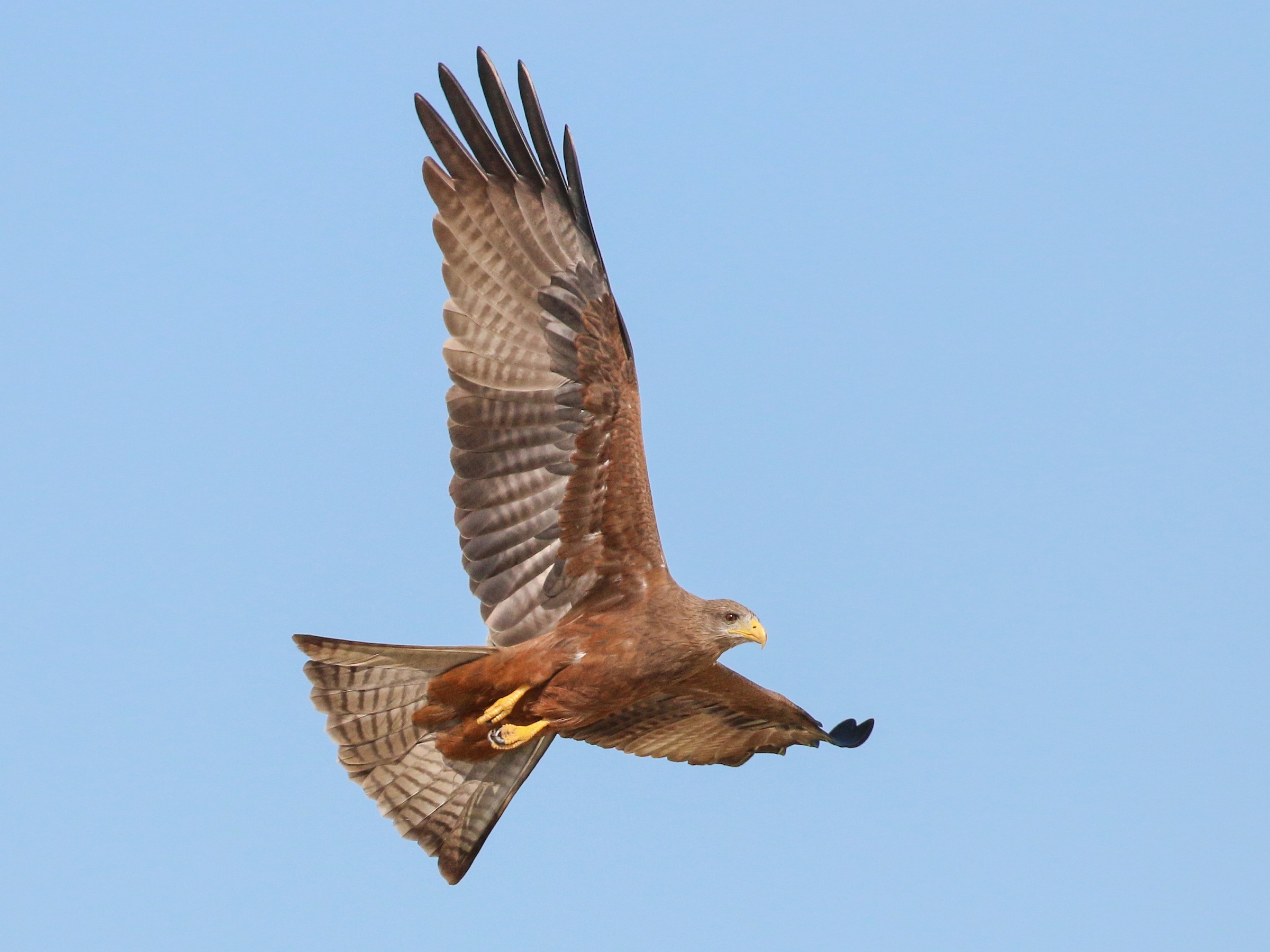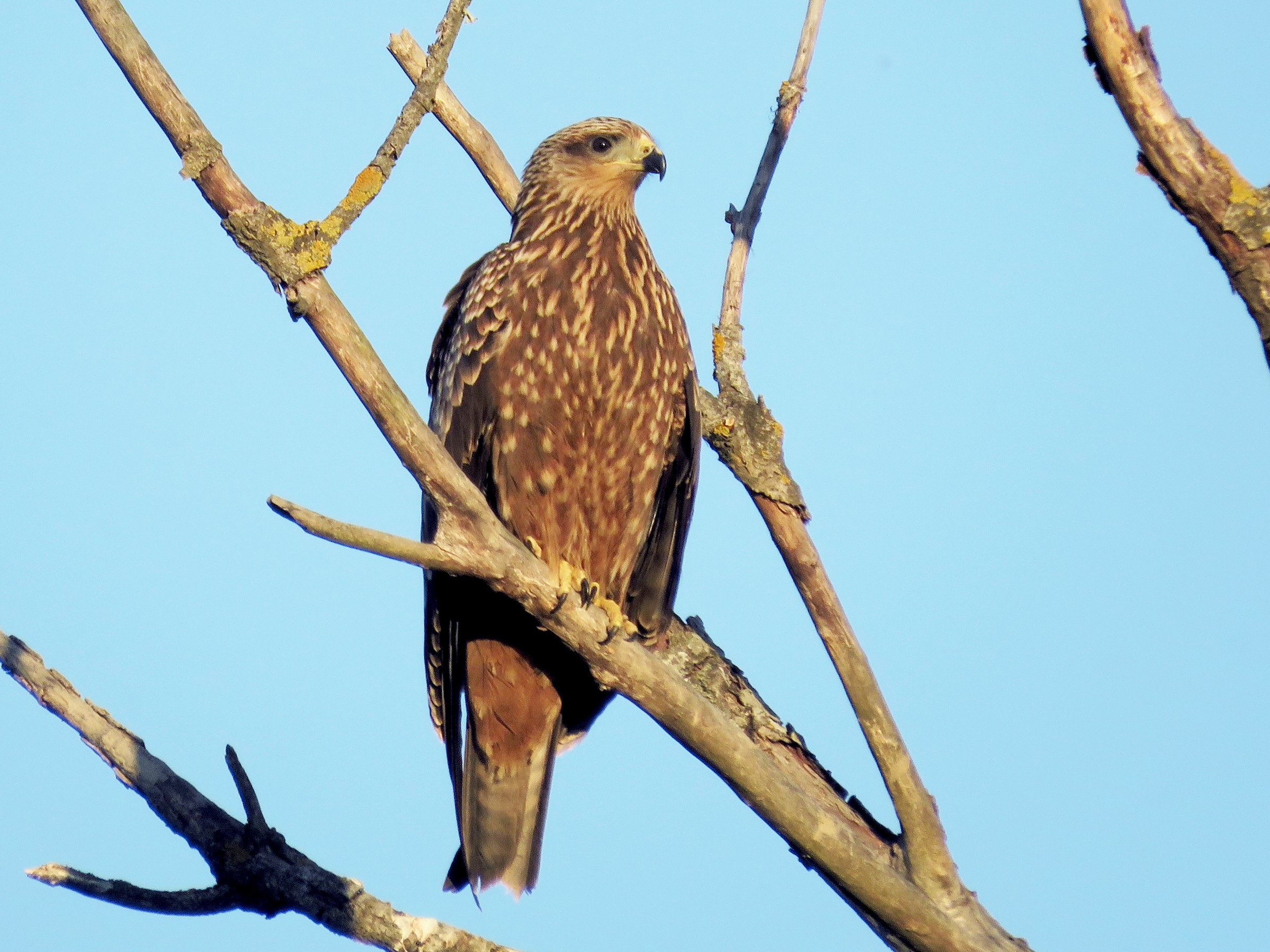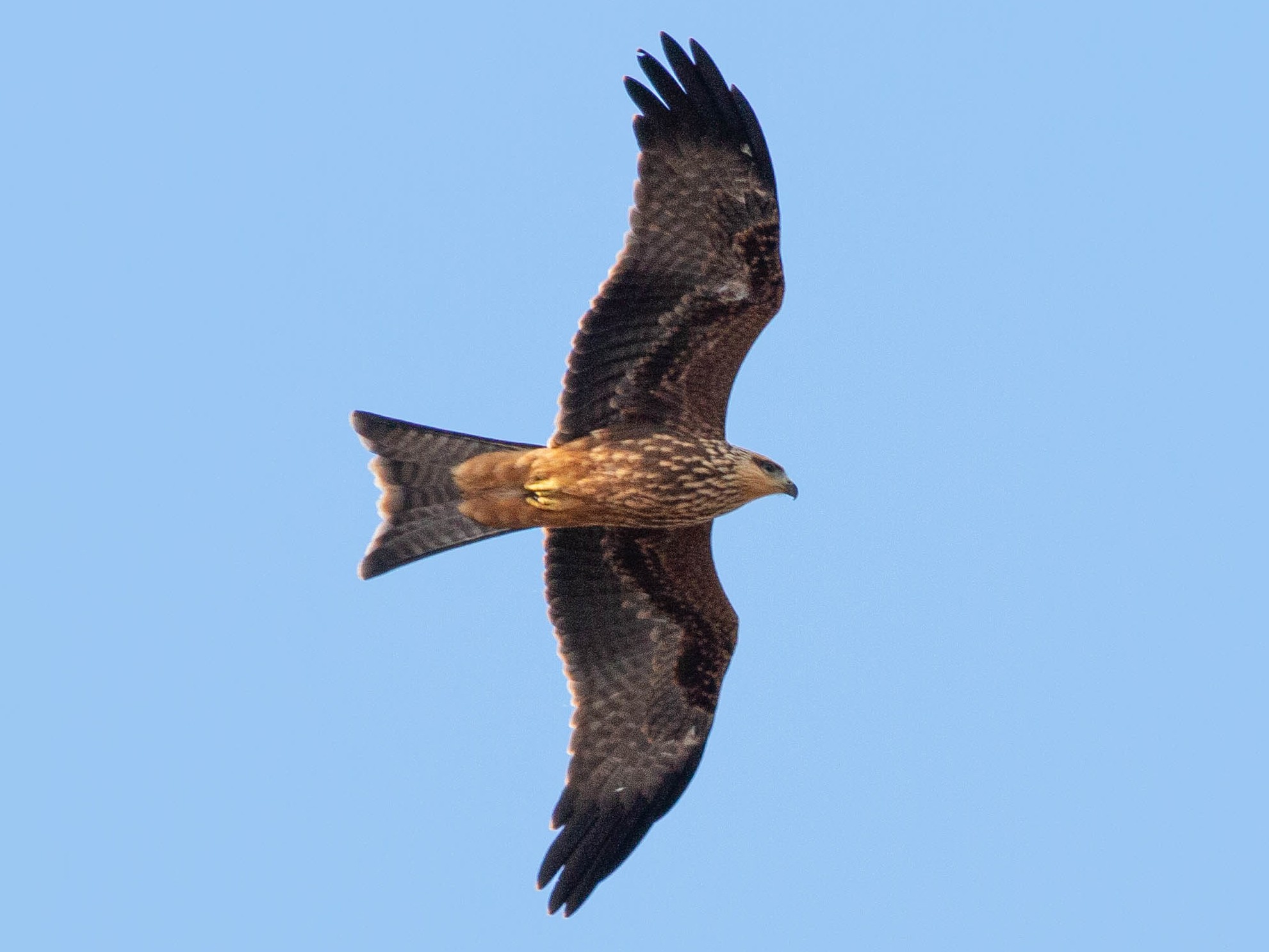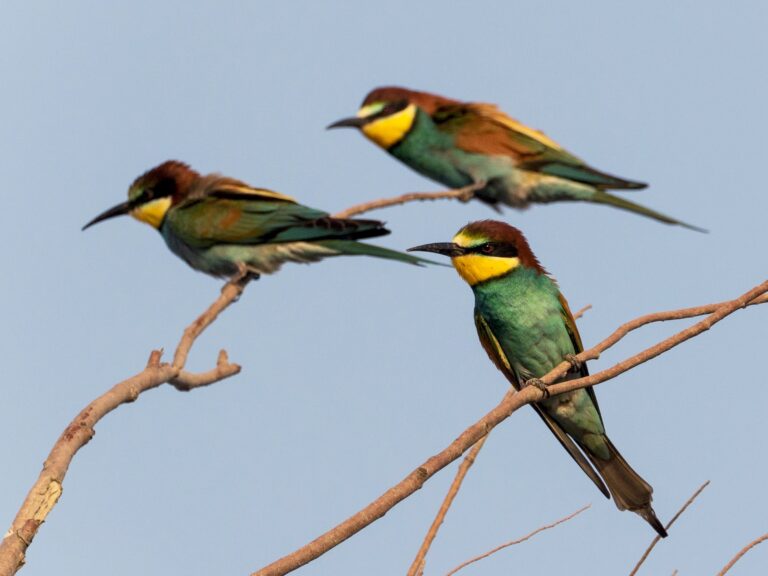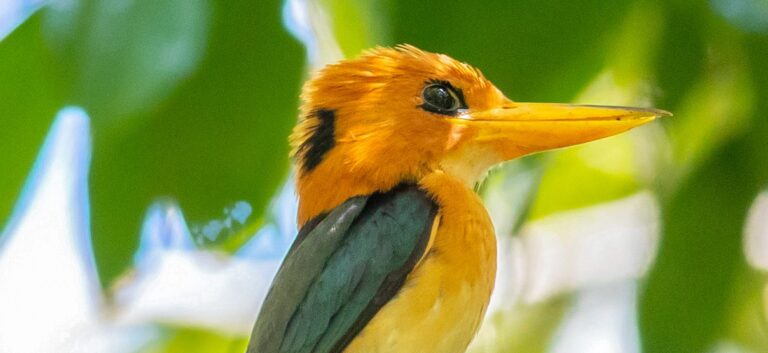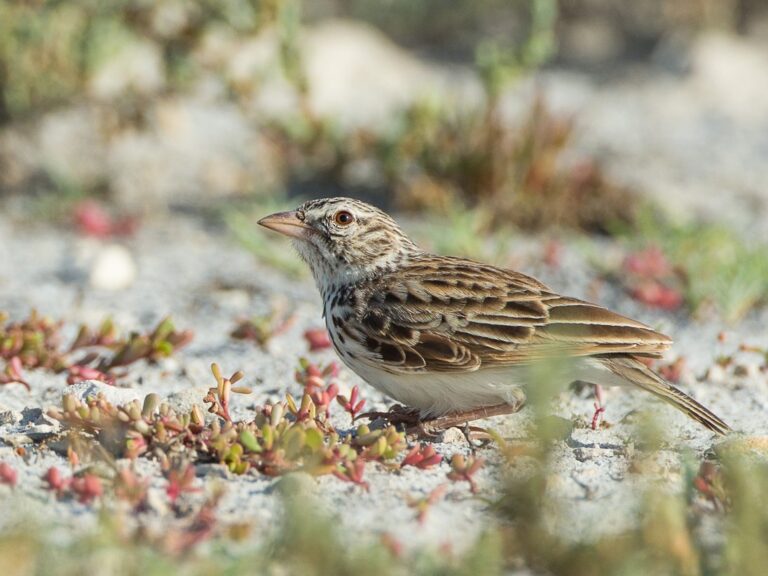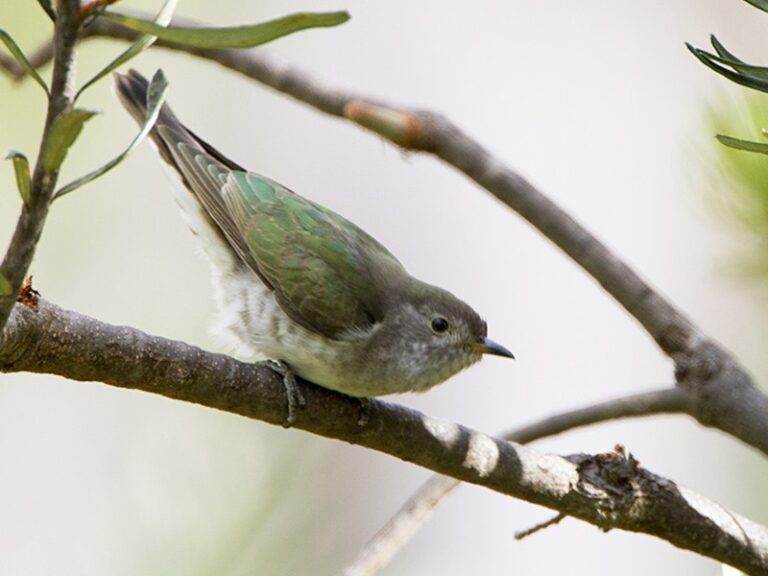Black Kite: Master of the Skies Unveiling its Thrilling Hunting Techniques
The black kite is a fascinating bird of prey known for its adaptability and wide distribution. This medium-sized raptor is recognized for its distinctive forked tail and strong soaring abilities, which allow it to thrive in diverse environments. It primarily inhabits open areas, often near water sources, where it can easily find food. The behavior and diet of the kite are also notable, as it feeds on a variety of prey including small mammals, fish, and carrion.
Locating kites is relatively easy due to their frequent presence in urban areas, where they often gather near dumpsites. Their social nature allows them to hunt in groups, enhancing their foraging success. Understanding their reproductive habits and lifespan reveals how these birds maintain stable populations across their range. Conservation efforts continue to address challenges faced by the species in specific regions.
With their intriguing lifestyle and adaptability, the kite remains an important part of the ecosystem. This blog post will explore key aspects of its life, including its unique behaviors and environmental role.
Key Takeaways
Taxonomy and Classification
The kite is a member of the bird family Accipitridae, which includes various raptors. Its classification plays an essential role in understanding its relationship with other birds of prey. This section explores the genus, species, and related birds that share a similar taxonomy.
Genus and Species
The kite’s scientific name is Milvus migrans. This species belongs to the genus Milvus, which also includes the Red Kite (Milvus milvus). Both kites share similar physical traits, such as long, forked tails and broad wings, making them adept fliers.
The kite is widely distributed across Europe, Africa, Asia, and Australia. It thrives in diverse habitats, showing a remarkable ability to adapt. Phylogenetic studies suggest that the kite’s classification could benefit from updates due to genetic variation within the species.
Related Birds of Prey
The kite is closely related to several other birds of prey in the family Accipitridae. Notable relatives include the Red Kite and various hawk species, which also belong to the Milvus genus.
Both the kite and the Red Kite are classified as raptors, known for their keen eyesight and hunting skills. They predominantly feed on small mammals, birds, and carrion. Other related species include the common buzzard and the whistling kite, which share similar ecological niches and behaviors.
These relationships highlight the biodiversity within the Accipitridae family, showcasing how these raptors effectively occupy various habitats around the world.
Physical Characteristics
The kite is a distinctive bird of prey with unique physical traits that help it adapt to its environment. Noteworthy features include its plumage coloration and impressive wingspan, which contribute to its hunting efficiency and aerial maneuvers.
Description of Plumage
The plumage of the kite varies significantly between adults and juveniles. Adult kites possess a rich brown upper plumage that appears almost uniform at a distance. Their underparts are lighter, often with streaks and mottling that help in camouflage.
Juveniles, on the other hand, display a more varied appearance. Their plumage is typically paler, featuring pale spots and a sandy coloration. This helps them blend into their surroundings, which is crucial for avoiding predators.
The differences in plumage not only highlight the age of the birds but also play a vital role in survival strategies.
Wingspan and Tail Features
The kite has an impressive wingspan ranging between 4.5 to 5.7 feet (1.4 to 1.73 meters). This expansive wingspan aids in soaring and gliding efficiently in search of food.
Additionally, the tail of the kite is long and forked, allowing for agile maneuvering during flight. This feature is particularly advantageous when hunting for small mammals or carrion.
The combination of a broad wingspan and a forked tail enhances its ability to navigate diverse habitats while searching for prey. These characteristics make the kite an exceptional hunter in the avian world.
Habitat and Distribution
The kite is a versatile bird of prey found across various regions, with its distribution spanning multiple continents. Understanding its geographical range and habitat preferences provides insight into its ecology and conservation needs.
Geographical Range
The kite (Milvus migrans) is predominantly found in Europe, Asia, and Africa. In Europe, it is particularly common in countries like France. Its range extends into northern parts of Africa and sub-Saharan Africa.
In Asia, this species is frequently spotted in Japan and throughout the Middle East. The Australian population, while distinct, shares habitat preferences with their counterparts in other regions. This broad geographical range allows the kite to adapt to different environments and avail itself of diverse food sources.
Habitat Preferences
Kites prefer open habitats where they can easily spot their prey. They thrive near water bodies, such as lakes and rivers, which provide ample food opportunities, including fish and small mammals.
These birds are often seen in urban areas where they adapt to human activities, scavenging on waste.
These birds are often seen in urban areas where they adapt to human activities, scavenging on waste.
In Africa, particularly in West Africa and sub-Saharan regions, kites favor wetlands and grasslands. They are also known to nest in trees near water, which provides both safety and a good vantage point for hunting. By occupying diverse habitats, the kite demonstrates remarkable adaptability.
The kite exhibits unique feeding habits and flight patterns that are integral to its survival. This bird of prey is well adapted to diverse environments, allowing it to thrive in both urban and natural settings.
Feeding Habits
Kites are known for their opportunistic feeding behavior. They primarily consume carrion, which includes the remains of dead animals. This diet allows them to capitalize on resources that might otherwise go to waste.
Additionally, they hunt small mammals, reptiles, and even insects. Their keen eyesight helps them spot food from high altitudes. Kites will often follow larger predators, waiting to scavenge leftovers. They have also been observed foraging in landfills, where they can find discarded food. Their diet can vary depending on the availability of prey in different habitats.
Flight and Soaring Patterns
Kites are skilled at soaring and gliding. They utilize thermal updrafts to gain altitude with minimal energy expenditure. This ability makes them efficient hunters because they can survey large areas for food while conserving energy.
Their flight patterns are graceful and typically involve wide, circular arcs. When hunting, they can switch from soaring to rapid dives to catch prey. These adaptations give them an advantage in both hunting and evading larger birds of prey. The combination of keen vision and agile flight makes kites effective predators in their environment.
Reproduction and Lifespan
The reproduction and lifespan of the kite are crucial for understanding its survival and success. This section focuses on their breeding cycle and the characteristics of their eggs.
Breeding Cycle
The kite typically breeds once a year. Their breeding season varies based on location but often occurs in late winter or early spring.
Nesting usually takes place in tall trees or high cliffs. The female typically lays 2 to 4 eggs in a nest made of sticks and other materials.
Both parents share the responsibility of incubating the eggs, which lasts about 30 to 35 days. After hatching, the parents continue to care for the young.
Juveniles are fed by their parents for several weeks until they can hunt on their own. By about 10 to 12 weeks, the young kites are ready to leave the nest and start their independent lives.
Egg Characteristics
Kite eggs are oval in shape and measure approximately 4.5 to 5.5 cm in length. They are typically pale or creamy in color, often marked with brown speckles.
The eggs are well-camouflaged, helping to protect them from potential predators. The smooth texture of the eggs aids in easy handling by the parent birds when moving them in the nest.
After hatching, the chicks are altricial, meaning they are born relatively immature and rely heavily on their parents for warmth and food. This dependency lasts until they attain enough strength and skill to survive independently.
Conservation Status
The conservation status of the kite is crucial for ensuring the survival of this species. Understanding population trends and the threats they face helps in shaping effective conservation strategies.
Population Trends
The population of kites shows significant variation across regions. In some areas, such as parts of Europe, they are considered stable or even increasing thanks to conservation efforts. In contrast, other regions face declines due to habitat loss and pollution.
Annual migration patterns also influence their population. Kites are migratory birds, traveling great distances between breeding and wintering grounds. This migration can impact local populations, making it essential to monitor their numbers in both locations. Conservation programs have focused on improving habitats to support these birds during critical life stages.
Environmental Threats
Kites face several environmental threats that jeopardize their populations. Habitat destruction, mainly from urban development and agriculture, reduces nesting and foraging sites.
Pollution, particularly from pesticides, poses a significant risk as it affects their food sources and overall health. Additionally, climate change is altering their migratory patterns and habitat conditions.
Reducing human impacts is vital for the conservation of kites. Protecting critical habitats through designated reserves and promoting sustainable land use can help mitigate these threats. Conservation programs need to address these challenges to ensure the survival of this important raptor species.
Frequently Asked Questions
The kite is a fascinating bird of prey with specific characteristics and behaviors. Understanding its size comparison, adaptations, behaviors, and environmental roles can provide insight into its significance in nature.
How does the Black Kite compare in size to other birds of prey?
The kite is a medium-sized raptor, typically measuring about 55 to 65 cm in length. Its wingspan ranges between 125 to 150 cm. Compared to larger birds of prey like the Golden Eagle, it is noticeably smaller, but larger than some smaller hawks.
What adaptations do black kites have for their habitat?
Kites possess long, broad wings that allow for soaring on thermals. Their agile flight helps them navigate through diverse habitats, including open areas and woodlands. Their sharp eyesight enables them to spot prey from great distances.
Are black kites known for certain behaviors or characteristics?
They are opportunistic feeders, often seen scavenging or hunting live prey. Kites are known for their characteristic “kiting” behavior, where they soar and glide with minimal wing flapping. This energy-efficient flight helps them search for food. You can listen to their call here.
What is the difference between a red kite and a Black Kite?
The Red Kite has a distinctive forked tail, which the kite lacks. Their coloration also differs; the Red Kite has a reddish-brown body, while the kite is darker with a more uniform brown plumage. These differences help in field identification.
Can black kites be found in urban environments?
Yes, kites often thrive in urban settings where food sources are abundant. They adapt well to human presence and may scavenge on waste or hunt small animals around cities. Their adaptability makes them common in both rural and urban areas.
What role does the Black Kite play in ecosystem management?
Kites play an important role in controlling populations of pests and carrion. By scavenging on roadkill and other dead animals, they help reduce disease spread. Their presence in the ecosystem indicates a balanced environment.
